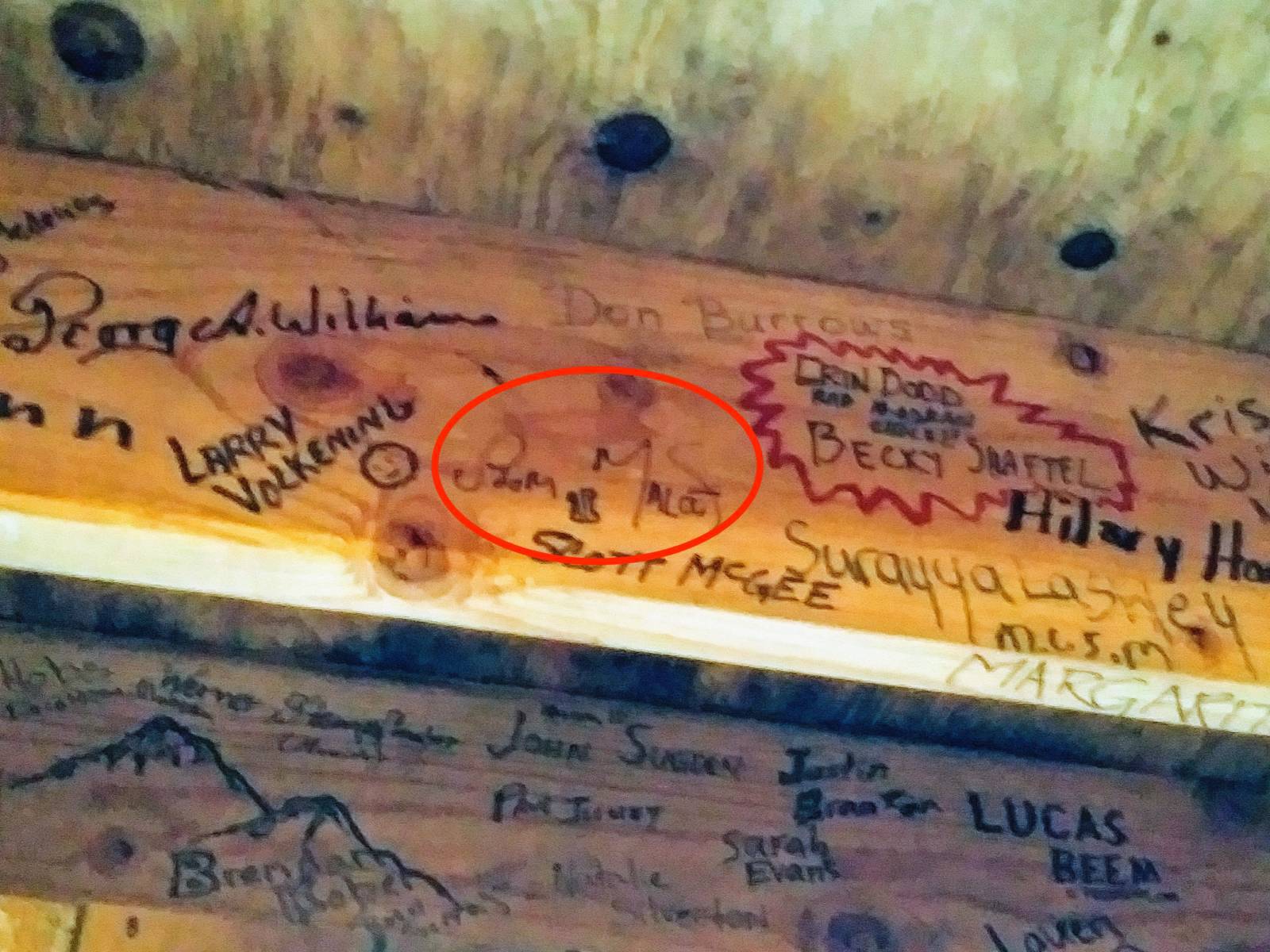JIRP is growing! Check out these articles and podcasts about the history and evolution of education, research, and character development on the Juneau Icefield.
Caroline used drone and camera footage to capture spectacular shots of the Icefield for her documentary.
The Icefield: An Expedition Memoir
Caroline Wexler, Sept. 2023
2022 Student Caroline Wexler created a documentary about her experience on the Icefield. Her film, which covers the entire student traverse from Orientation week to departing Atlin, is filled with beautiful Icefield shots and poignant reflections on what the Icefield means to students.
Caroline’s film was accepted into the 2023 USAPECS International Polar Film Festival. Congratulations Caroline!
Student Fabienne Meier jots down data about a large boulder. Credit: Ben Huff
These Students Are Part of a 75-Year Study to Map Alaska’s Glaciers
Ben Huff, April 2023
“Traversing an icefield by foot and on skis, the young researchers experience one of the coolest classrooms in the nation.”
JIRP Board Member and Teaching Faculty Ben Huff photographed students from the 2022 JIRP Expedition. His pictures, along with his writing, were published in Smithsonian Magazine’s April/May 2023 edition.
Congratulations, Ben! For more of Ben’s work, visit his website.
Tori Kennedy climbs out of a crevasse in Alaska. Credit: Andrew Opila
Indiana University: Field study: Experiential learning paramount for recent environmental sciences grad.
Candace Beaty Gwaltney, Oct. 2018
"‘We were looking at how plant communities change over time with distance from the glacier,’ she said. ‘For example, generally the further away an area is from the glacier's end, the longer it's been deglaciated and the longer it's had to develop the soil and plant communities.’"
"‘Through the JIRP program I've developed a huge interest in communicating climate science and using storytelling for science communication,’ Kennedy said. She plans to continue exploring ways to communicate scientific findings on human's impact on the environment.”
The signature of Adam Maloof, Alec’s adviser, from when Adam was a JIRP student in 1994. Everyone who comes through a JIRP camp signs a rafter. Credit: Alec Getraer.
Princeton Correspondents on Undergraduate Research: Active Engagement and Mentorship on the Juneau Icefield
Alec Getraer, 2018
“This emphasis on student engagement is complemented by JIRP’s commitment to mentorship. The seeds of the program trace all the way to John Muir’s trip to Alaska in 1890. Muir’s partner, glaciologist Harry Reid, mentored Bill Field, who brought a young assistant with him to the icefield in 1941. That assistant, Maynard Miller, founded JIRP and inspired generations of climate scientists, geologists, and explorers on the icefield. Their signatures adorn the wood rafters of the buildings at camps across the icefield, from Steven Squyres, the head of the Mars Land Rover project, to my thesis adviser, GEO professor Adam Maloof.”
Student ski home for dinner after a day of field work. Credit: Ben Huff.
Popular Mechanics: Back to Alaska: How a Legendary Glacier Study Almost Died When the World Needed It Most
Scott Yorko, 2018
“What started as one man's vision is now an institution dedicated to studying glacial health and climate change. Hopefully, JIRP will continue to nurture a new generation of scientists ready to tackle one of the hardest scientific and political challenges in human history.”
2018 JIRP students and faculty lecture overlooking fog-filled Gilkey Trench at Field Camp 18. Credit: Chip Duncan, Duncan Entertainment Group.
Scientific American: Studying Climate Change in One of the Grandest Class
Ben Santer, 2018
“Every public lecture is like a stone thrown in a pond. The simple act of throwing that one stone creates a complex pattern. Waves propagate out, reflect from the banks of the pond, and interact with other waves. In the same way, one scientific lecture to an unknown audience can have unpredictable, far-reaching consequences. You never know who is listening or how they will respond to the metaphorical stone you’ve thrown in the pond.”
The Adventure Activist: Adventure Dispatch- the Juneau Icefield Research Program
Terry O’Connor, 2018
“In a classroom you feel distant from this type of environment. You can look at photos, you can read about things in textbooks, but when you’re here, and you’re hands on with the environment, it’s a lot more real.”
“We have such a range of students. The range of students includes people who want to go into policy and law and become doctors, and lawyers even, and the whole gamut, but also scientists. It’s a cool opportunity for students to interact and get to know each other.”







